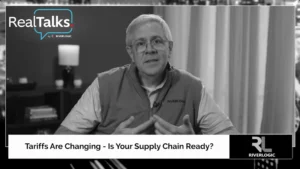One Third of Architects Use Virtual Reality Now. How Is It Changing Our Buildings and Homes?
Architects are increasingly turning toward virtual reality (VR) to help them with their designs. No matter how good a blueprint or sketch may be, there is nothing like seeing your design or the property in 3D. A space can look bigger or smaller in 2D than it really is, while a 3D rendering will provide the architect, engineer, or designer with a more accurate conception of what they are working with.
This is a powerful tool not only for architects and designers, but also for their clients, who can “walk in” and see what it will look like when finished. This can go so far as to include avatars which represent architects or contractors.
There are also augmented reality (AR) and mixed reality (MR), which allows people to see objects that are not actually in the room as though they are tangible. Many people are perhaps familiar with this concept from the game Pokemon Go, and the more recent Jurassic World Alive. It may be a little less splashy than seeing a Tyrannosaurus Rex walking across a lawn in such a way as to look real, but it is much more practical to see what the change in a kitchen design will actually look like, or to see how the light will reflect off of certain surfaces.
All of this is no doubt why 35 percent of architects use VR, AR, or MR and 79 percent expect these technologies will make their work more efficient. There seems little doubt the future of architecture, engineering, and design lies in the continued use of these technologies that make the work itself easier and improves the ability of firms and customers alike to create what the customer wants.








